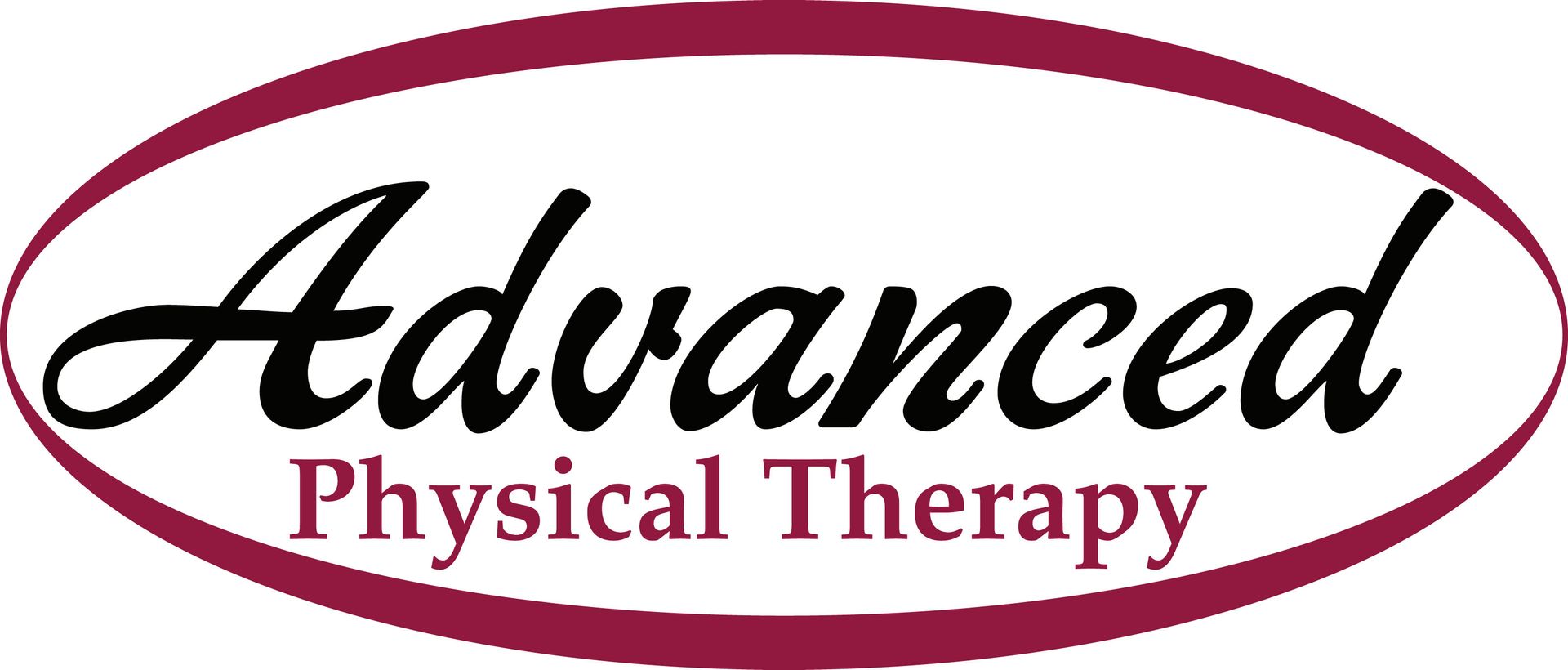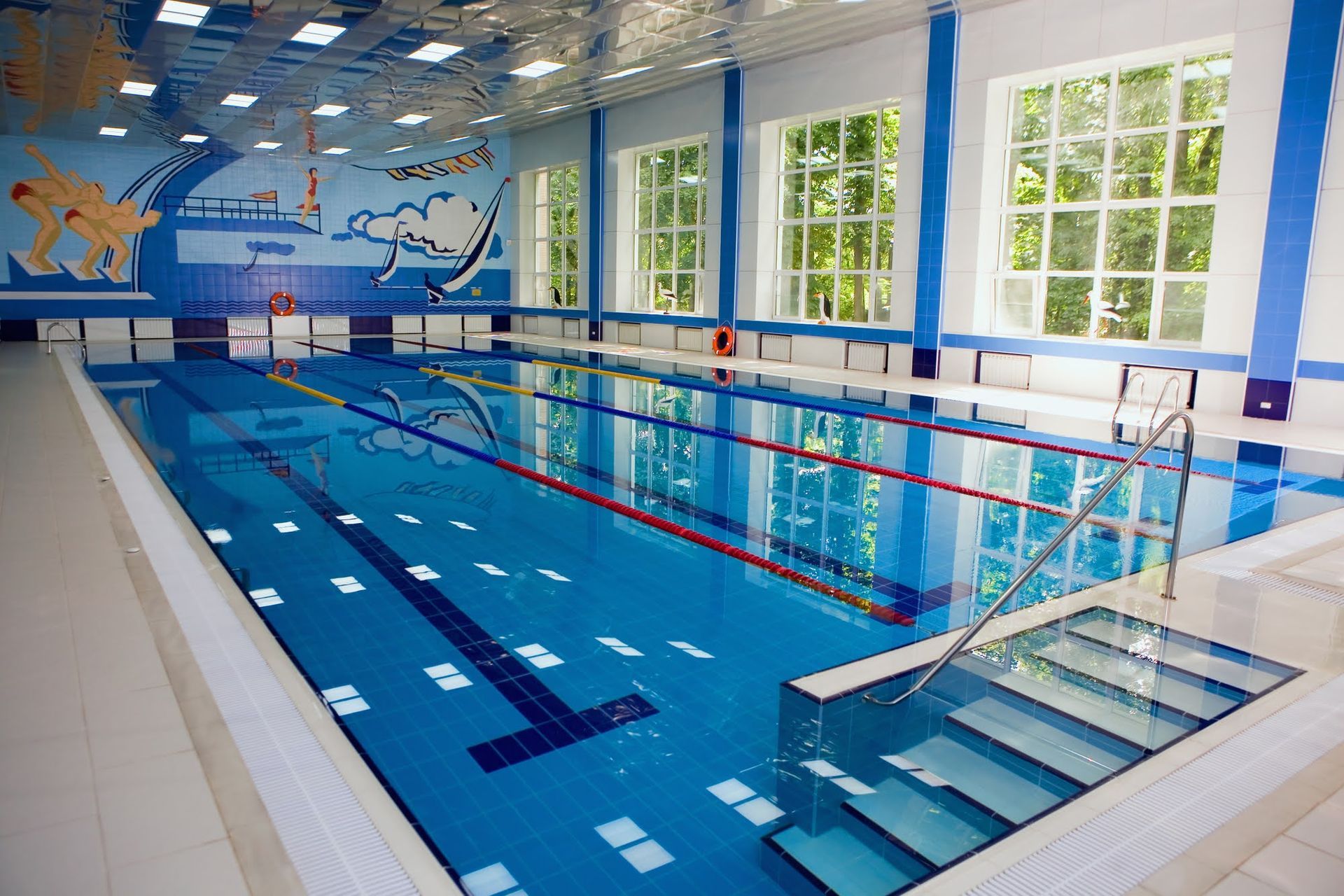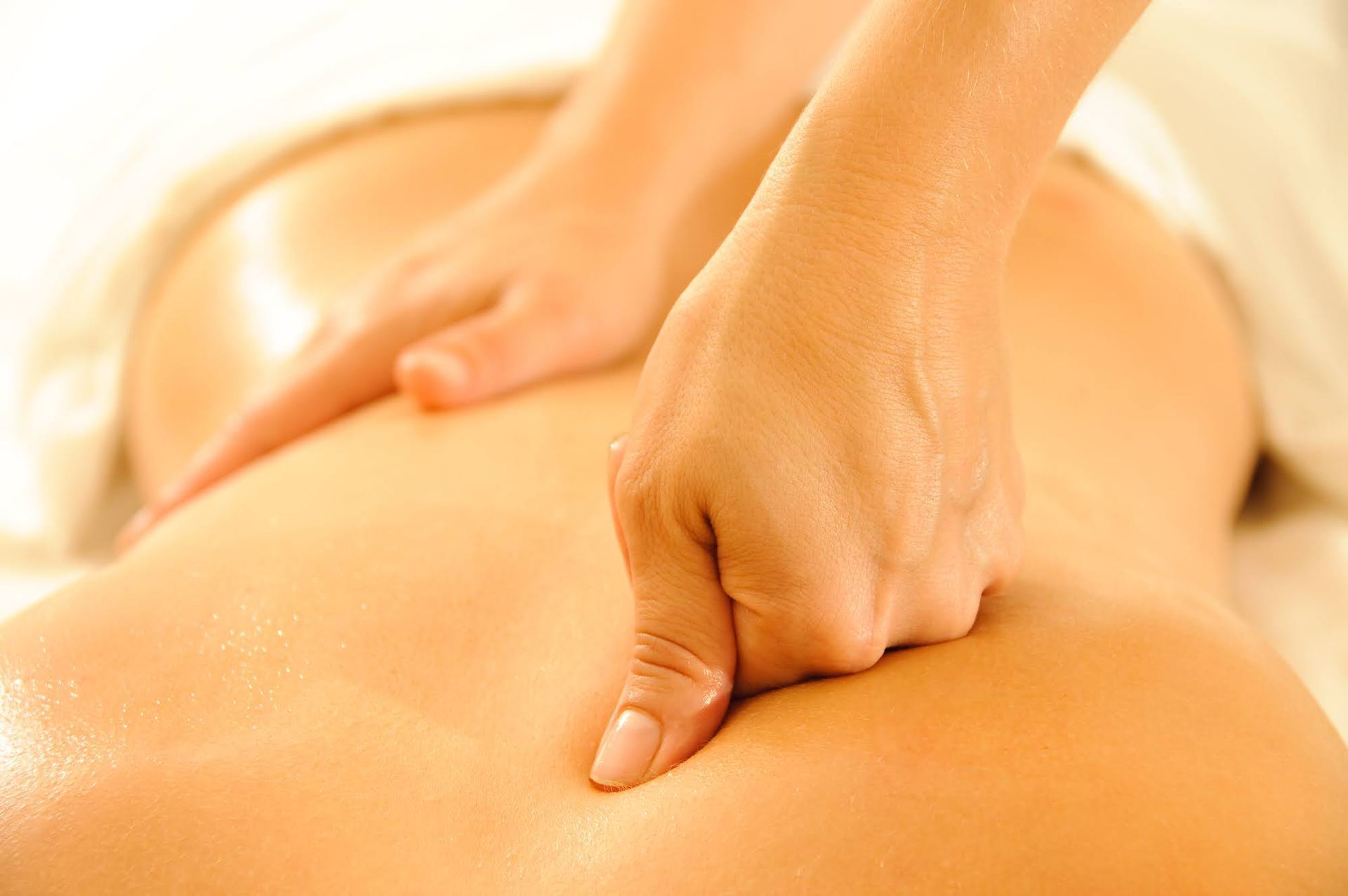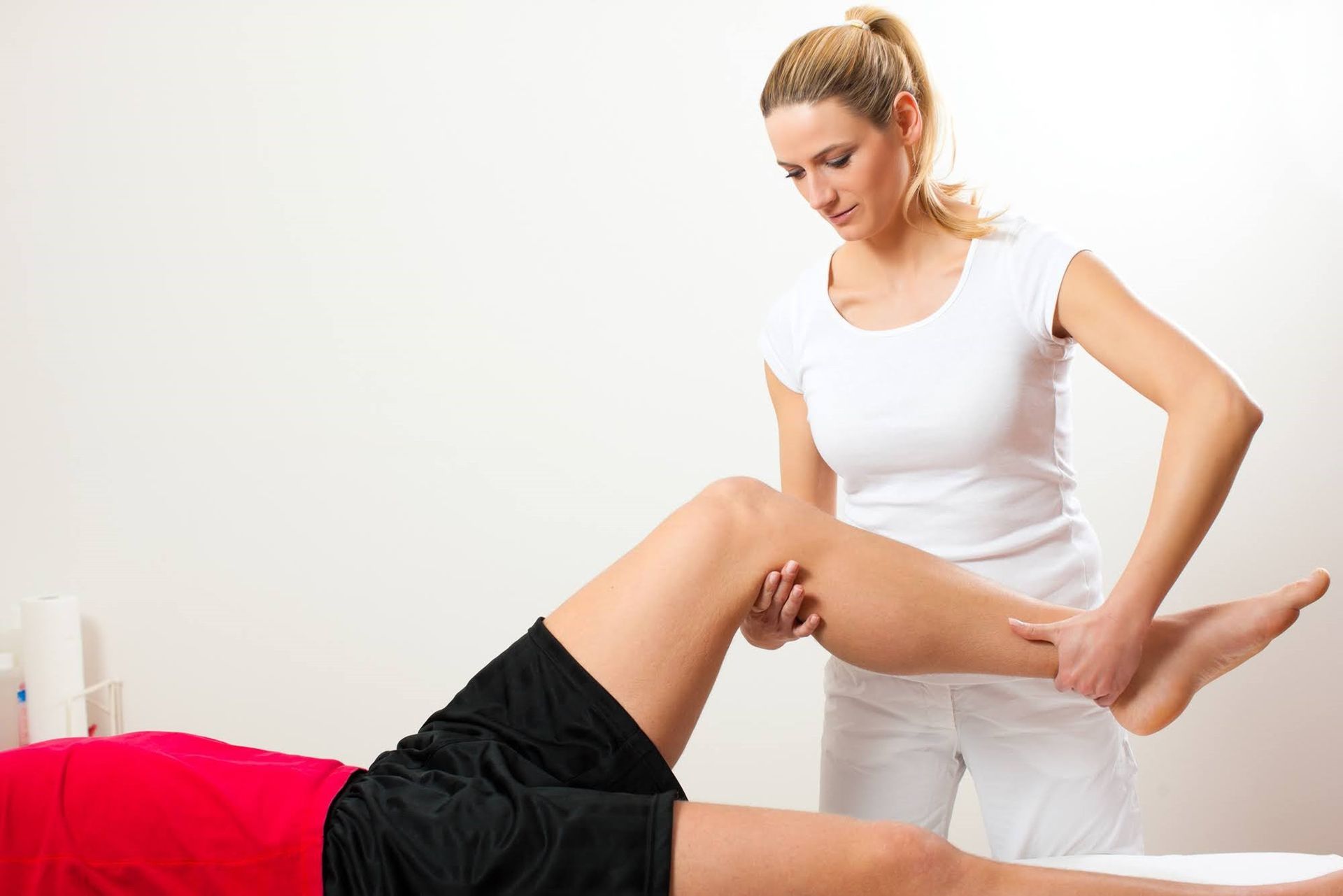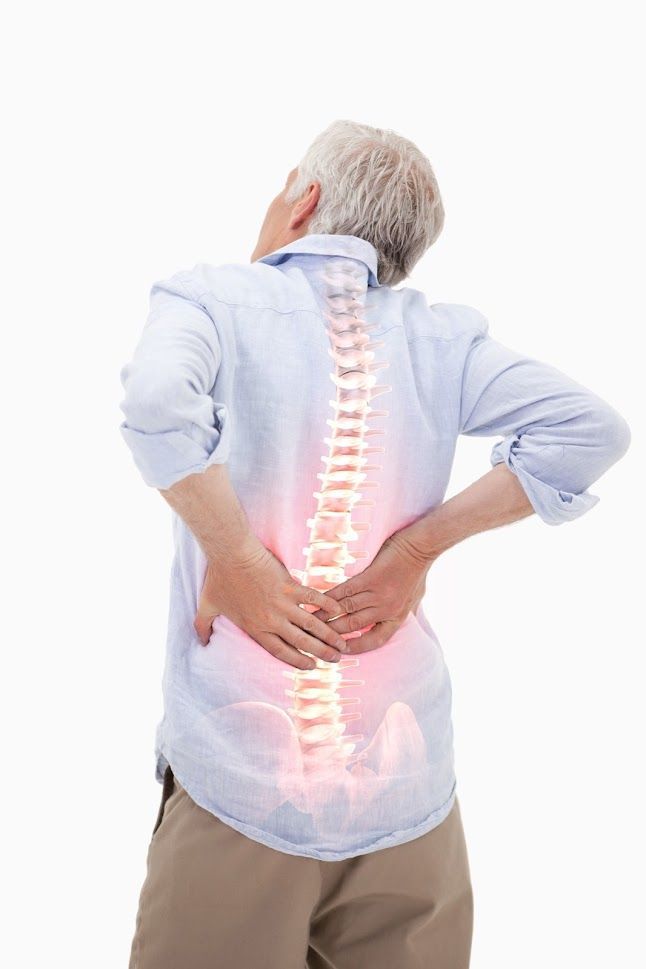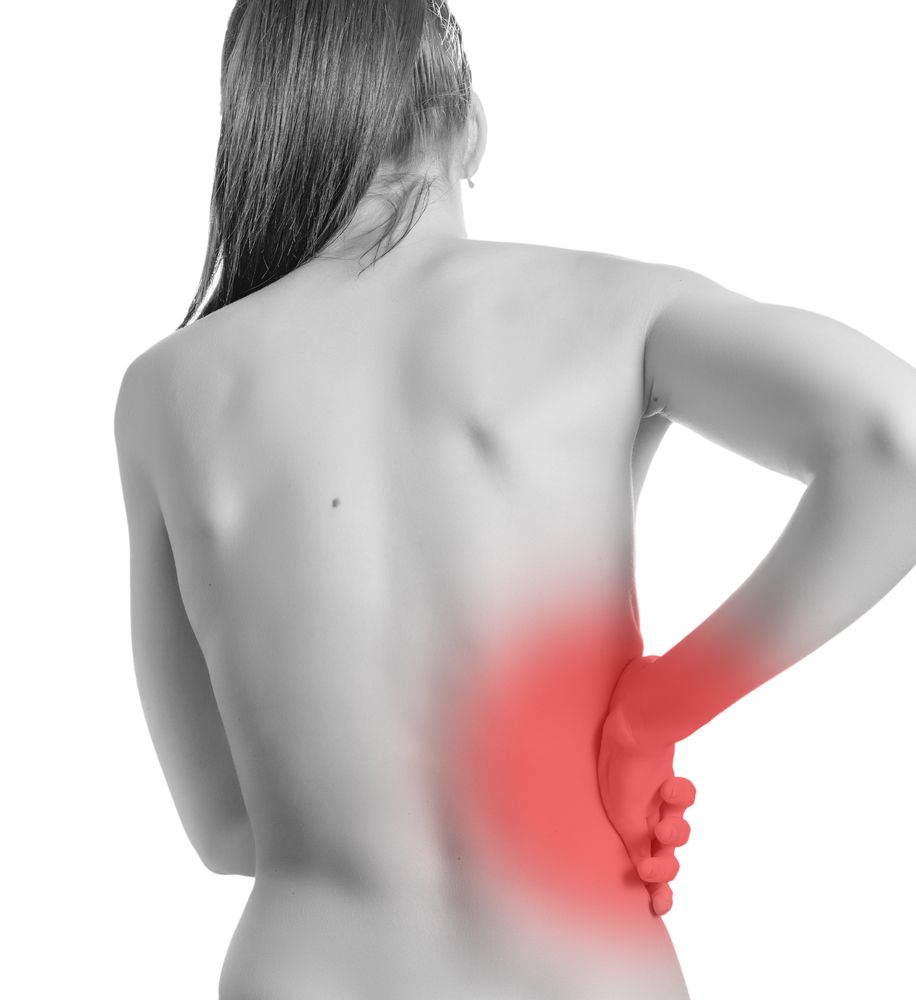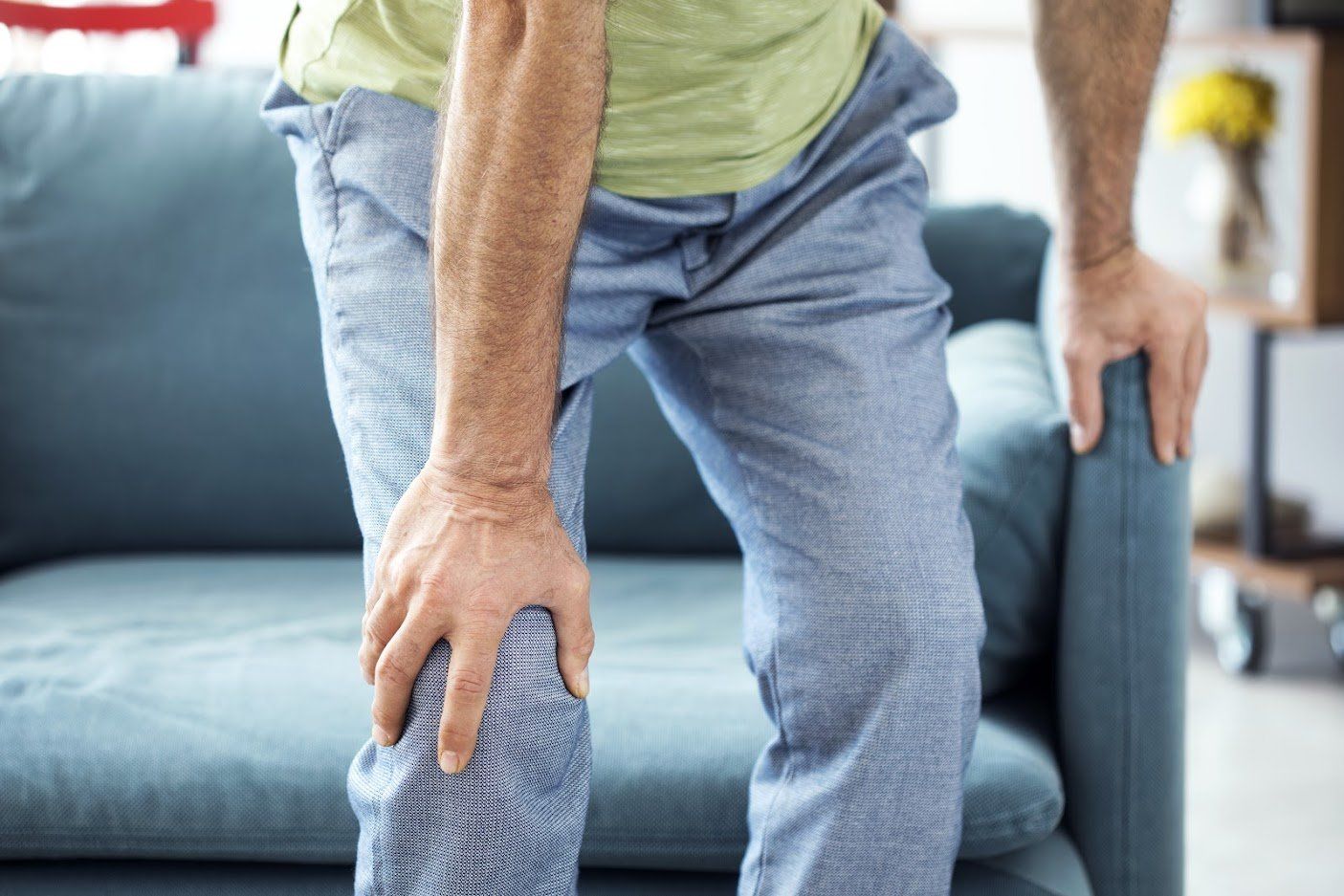Physical Therapy for Sciatica

Sciatica is one of the most common causes of back and leg pain. In most cases, sciatica doesn't require invasive treatment like surgery or long-term medications. Physical therapy is one of the most effective ways to relieve sciatica pain and restore function and mobility, and there are several therapy techniques that can help sciatica patients.
Strengthening Exercises and Functional Training
Most sciatica patients who go to physical therapy will do strengthening exercises. Your physical therapist will determine what exercises are best for you and make any necessary modifications.
Strengthening the muscles in your back, hips, and abdomen helps support your lower back to reduce pain. Your therapist may also assist you with range of motion exercises for your hips and legs. Because movement is better than rest for sciatica, exercise programs usually involve doing exercises one or more times a day until your condition improves.
Physical therapists also often work on functional training with sciatica patients. This type of training teaches you how to lift, bend, carry, and engage in other common movements and daily tasks in a way that supports back health.
Joint Mobilization and Joint Manipulation
Physical therapists use manual therapy techniques like joint mobilization and joint manipulation on patients who have pain and limited mobility due to sciatica. Joint mobilization involves the therapist applying gentle pressure, while joint manipulation involves a quick, forceful thrust at the end of your range of motion. Each of these methods can help improve your range of motion to relieve pain.
Traction
Traction is a physical therapy technique that involves pulling the vertebrae apart slightly. This method helps temporarily open the spaces between the vertebrae to ease compression on the spinal nerves. It also helps alleviate pressure on compressed or ruptured discs, which can reduce sciatica symptoms.
Traction can be done manually by a physical therapist or mechanically, where the patient lies on a special table with a harness or straps to help apply the traction.
Massage Therapy
Massage therapy, particularly deep tissue massage, can be very effective at treating back and leg pain caused by sciatica. Deep tissue massage can target the muscles in your back and hips that can compress the sciatic nerve and cause pain. Physical therapists often use tennis balls or other items to help relieve tension in particularly tight muscles.
Myofascial release is another massage therapy technique that is beneficial to treating sciatica. This type of massage focuses on trigger points and underlying soft tissues that are often the source of pain and stiffness.
Hot and Cold Therapy
Hot and cold therapy can help with the soreness, stiffness, and inflammation common to sciatica. Your physical therapist might apply heat or ice packs for 15 to 20 minutes at a time.
Heat packs and pads help muscles relax and improve blood flow. Cold packs help numb the area, which temporarily reduces pain. Ice also helps reduce inflammation.
TENS Therapy
Transcutaneous electric nerve stimulation, or TENS, units are often used by physical therapists to relieve pain from sciatica. These machines have sticky electrodes that your therapist will place on your skin where you feel pain. TENS units send an electrical current through the electrodes, which creates a tingling sensation and helps relieve pain.
Ultrasound
Ultrasound machines generate sound waves that can enter into deep muscle tissue. These sound waves generate heat that helps promote healthy circulation and healing. Physical therapists use ultrasound to reduce swelling, muscle spasms, and pain from sciatica.
Aquatic Therapy
Aquatic therapy can be particularly helpful for sciatica patients. Physical therapists who do aquatic therapy teach patients exercises that use the water to create resistance. It's often easier for people with sciatica to do exercises in a heated therapy pool because it is much less painful than weight-bearing land exercises.
Advanced Physical Therapy offers customized therapy plans, including massage therapy, sports therapy, aquatic therapy, and cupping, to patients throughout the Philadelphia area. If you experience symptoms of sciatica or other back pain,
contact us today to schedule a consultation to determine what kind of therapy would be best for you.

